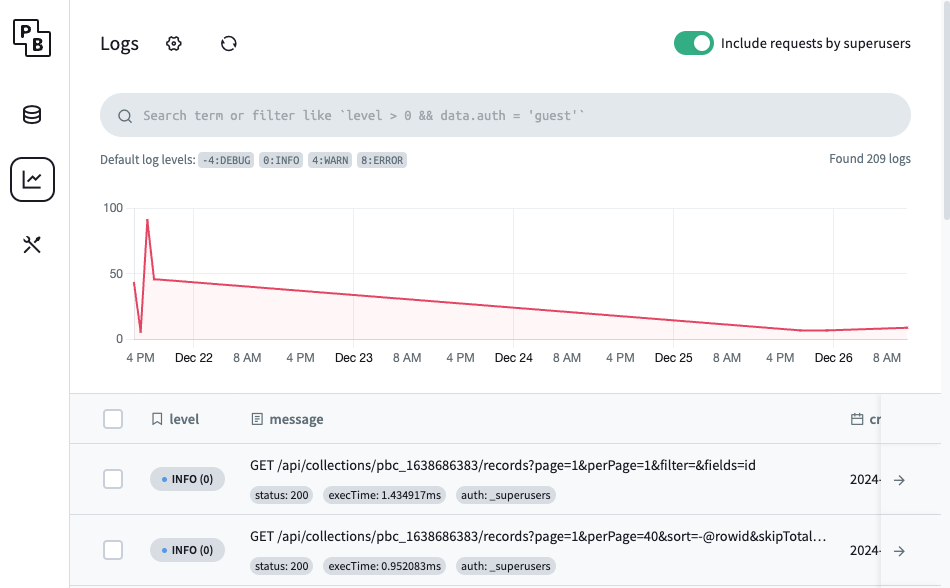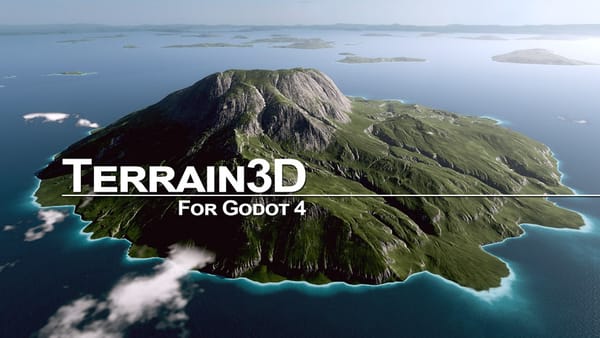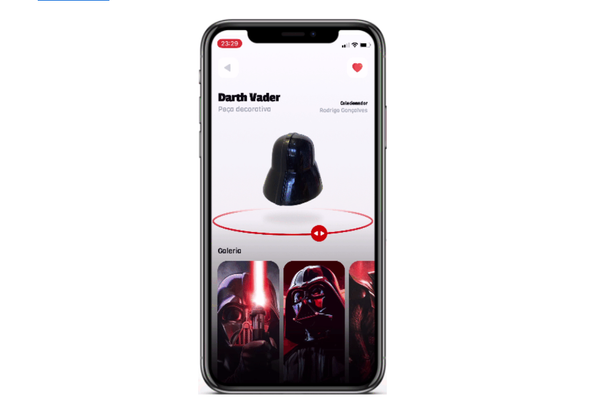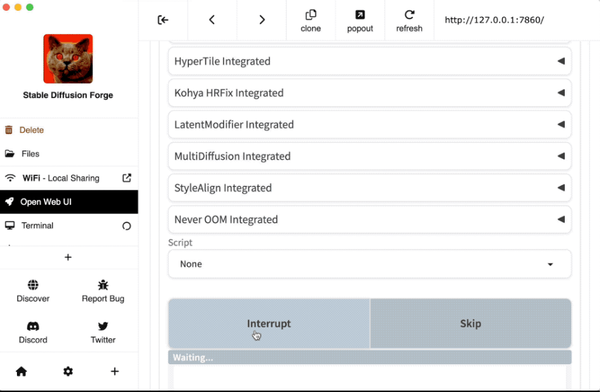Why PocketBase is the Perfect Choice for Flutter/ Next.js Learners and MVP Creators
Table of Content
When diving into app development with Flutter or building a Minimum Viable Product (MVP), finding the right backend solution can be a daunting task.
PocketBase is a powerful lightweight backend solution that simplifies the process of setting up a database and API for your app.
Based on my own experience with prototyping and learning Flutter, as well as working with frameworks like Next.js and Astro, PocketBase has proven to be an invaluable tool.
I used PocketBase as a backend to create a CRM based on the Telegram Bot API, as a database for a news aggregation service, and as a backend for my statically generated project, equineist.com.
What Makes PocketBase Stand Out?
PocketBase is more than just a backend. It's a powerful combination of a database, real-time API, and admin dashboard, all wrapped in a small, easy-to-use package.
Its simplicity and efficiency make it an excellent choice for beginners and professionals alike.
For those learning Flutter, Next.js or rapidly prototyping an app, PocketBase eliminates the complexity of setting up and managing a backend from scratch.
Key Features of PocketBase
- Self-Hosted Backend: Keep full control of your data by hosting PocketBase locally or on your preferred server.
- Powerful user management system.
- Real-Time Database: Built-in support for real-time data syncing.
- RESTful API: Automatically generated APIs for your collections.
- Authentication: Easy user authentication and management.
- File Storage: Handle file uploads with ease.
- Admin Dashboard: Manage your collections, users, and settings through a clean web interface.
- Compact and Fast: Designed to be lightweight and performant.
- Backup and restore: data, collection schemas and more.
Setting Up PocketBase
PocketBase can be set up on your local machine or deployed using Docker. Here’s how:
1- Desktop Installation
- Download the latest release from the official website.
- Extract the file and navigate to the folder in your terminal.
- Access the admin dashboard at
http://127.0.0.1:8090.
Run the server using:
./pocketbase serve
2- Docker Installation
- Visit
http://127.0.0.1:8090to access the admin dashboard.
Run the container:
docker run -d -p 8090:8090 -v $(pwd)/pb_data:/pb_data pocketbase/pocketbase serve
Pull the official Docker image:
docker pull pocketbase/pocketbase
Use-Cases for PocketBase
PocketBase excels in a variety of scenarios, making it a versatile choice for different projects:
- Prototyping: Quickly set up a backend to test ideas without overengineering.
- MVP Development: Launch functional apps faster by focusing on the front end while PocketBase handles the backend.
- Educational Projects: Practice CRUD operations, API integrations, and real-time data updates without the usual backend setup hassle.
My Experience with PocketBase
While learning Flutter and practicing Next.js and Astro, I relied on PocketBase for creating prototypes and MVPs. Its intuitive admin dashboard and auto-generated API allowed me to focus on building user interfaces and perfecting functionality.
For a beginner exploring CRUD operations or API calls, PocketBase feels like a natural fit. It not only simplifies workflows but also provides valuable insights into how backends operate.
Why Choose PocketBase?
PocketBase is a straightforward, self-contained solution that doesn’t compromise on features. Whether you’re an aspiring developer experimenting with Flutter, a seasoned professional building an MVP, or an educator teaching database concepts, PocketBase fits the bill.
Its ease of use, real-time capabilities, and extensibility make it a tool worth trying.
So, if you’re looking for a backend that’s as flexible and approachable as your development goals, give PocketBase a shot. You might just find it becoming your go-to solution, as I have!
Is Pocketbase Good for Large-Scale Projects?
While Pocketbase offers a robust feature set and excellent performance for prototyping, MVPs, and smaller projects, its suitability for large-scale projects depends on the specific use case and scalability requirements.
Key Considerations for Large-Scale Projects
1- Database
PocketBase is built on SQLite, a database engine known for its simplicity and efficiency in many scenarios. While this works great for small to medium applications, it’s not the best fit for extremely large datasets or high-concurrency environments.
SQLite shines when datasets fit comfortably in memory and write operations are moderate. For heavier workloads involving concurrent writes or larger datasets, solutions like PostgreSQL or MySQL are better suited.
2- Concurrency
SQLite handles read operations exceptionally well, supporting high levels of concurrency. However, it faces limitations when it comes to simultaneous writes.
If your project involves frequent concurrent writes, this can become a bottleneck that affects overall performance.
3- Scaling
PocketBase is designed as a single-server solution. It doesn’t natively support clustering or distributed setups, which makes horizontal scaling (spreading the workload across multiple servers) challenging without significant custom work.
For applications with high traffic or a large user base, relying on a single-server setup may fall short of expectations.
4- Customization and Extensibility
Being open-source, PocketBase offers a great degree of flexibility and customization.
However, scaling it for larger projects—such as implementing sharding or building a distributed architecture—requires considerable development effort. While possible, it’s not as straightforward as using platforms built with scalability in mind.
Final Verdict
PocketBase is not optimized for large-scale, high-concurrency projects but is an excellent choice for lightweight, single-server setups. For projects expecting massive growth or heavy workloads, consider transitioning to a more scalable backend like PostgreSQL, MongoDB, or a managed cloud database.
For most MVPs, prototypes, or moderately sized apps, PocketBase is a fantastic and user-friendly backend solution.











